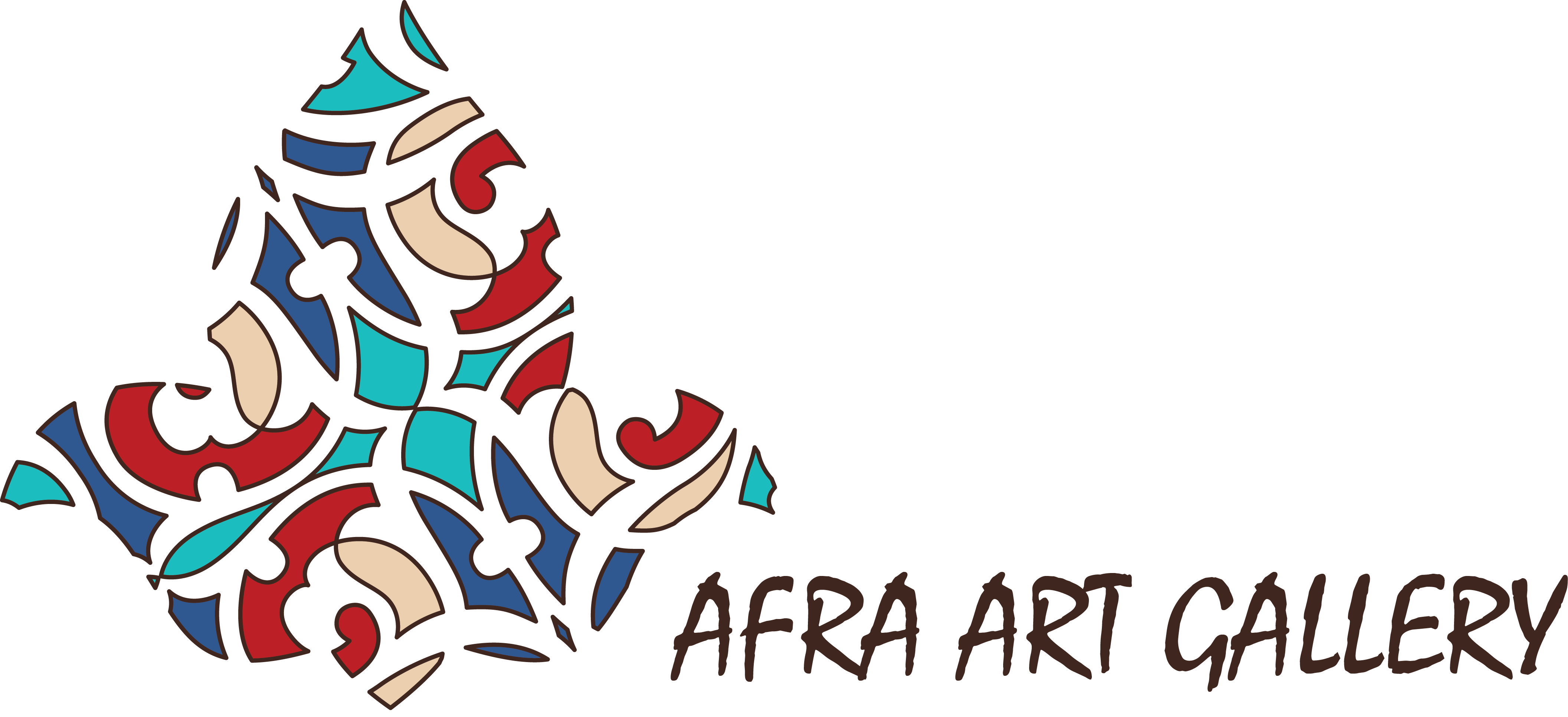
Persian Makeup History

You cannot look into the history of fashion and the evolution of ‘beauty’ in Iran without taking makeup into consideration. Not only Persian makeup artists, but also those interested in the trends of makeup and beauty styles should know a bit more about the history of its practice in Persia (now Iran) as one of the oldest civilizations of the world.
When has Iranian Makeup History Begun?
Persians care a lot about hygiene, cleanliness, and their looks. And this is nothing new! Hygiene items, cosmetic tools, and products, as well as jewelry and beads, were discovered in several archeological sites in Iran. Some of these items date back to at least the first millennium BC
Many historic documents have fully described the skillfulness of Persian makeup artists. It is believed that royalties in the Achaemenid era had their own makeup girl or boy who spent a good amount of time on their appearances. It is evident that ancient Persians lived in a world devoid of the present stereotypes and clichés. Both men and women put on makeup, especially for their eyes. Even kings and commanders like Darius the Great. Both genders wore jewelry and could grow their hair long and adorn them with beads and other pieces of jewelry.

Achaemenid Immortal.Photo credit: Mehrzad Hatami.Flickr.com
What is ‘Haft Ghalam Arayesh’?
Since ancient Persia, it was believed that the essential makeup accessories and tools consist of 7 (Haft) Items. Therefore, the expression ‘Harf Ghalam Arayesh’ or seven items of cosmetics became a generic term in the Iranian world of makeup. It could describe artistry or be used pejoratively as too much makeup.
Remember that skin and hair products, as well as scents and perfumes, were widely used among Persians. However, these seven items were only the ‘embellishment’ products, employed for the sake of beautification.
But what are these seven pieces of cosmetics?

Sormeh: Kohl, or black eyeliner. Used for nearly 8000 years by Middle Eastern, Indian, and Egyptian people.
Ghazeh: Blusher, a reddish powder for the cheeks.
Sefidab: (literally white water), a white powder made use of as a foundation to brighten the face.
Vasmeh: Woad, a flowering fragrant plant used to dye eyebrows, or at times, the hair. Vasmeh could thicken they eyebrows, or be drawn between them to form a unibrow, as it was considered a trend in makeup.
Henna: or Nigar. Another plant with widespread application in dying: the hair, the nails, and the skin. Also, Henna temporary body arts were drawn on skin like tattoos.
Zarak: a goldish dust used to dye the hair or sometimes to glitter the face.
Khal: beauty spot. Drawn on the face with Sormeh. Mostly near the lips or the eyes.
From among these 7 items, only Sormeh and Henna are still used in their old and traditional way, though not as often. Others are replaced by modern, professional cosmetics like mascara, foundation cosmetics, etc.

Antion cosmetic tools: mirror, comb, scissor, perfume bottle, tweezers, hair curling, Sormeh bottle, cutter, etc.
Persian wedding makeup
Islamic beliefs and ideas, like Hijab, influenced the ways and means of wearing makeup by Persian women. This is why up until decades ago it was customary for some Persian girls not to wear makeup until the day of their marriage ceremony. In fact, putting on seven items of cosmetics was in many families considered a sign of womanhood and demonstrated a transition in the bride-to-be's life.
Preparing the bride was considered a respected, as well as exciting custom among such families. And all these practices were done in a ceremonial fashion while partying and having fun. This is how: A ceremony, like a bridal shower, was performed for the girl, attended only by women, and in the case of well-to-do families, their servants. They threaded the girl's facial hair (Band Andakhtan in Persian). Then, took her to a bath prepared with fragrances, oils, and scents. These aromatic oils were usually the essence of lavender, eucalyptus, rose, thyme, peppermint, and lemongrass. And finally, put on makeup (bazak) and adorned her hands with Henna.

Old Painting illustrates the ceremony for preparation the bride in the Qajar era
Persian Makeup Today
Nowadays, the art of makeup has become very complex and entered other areas of art like theatre. Persian makeup artists have perfected this ancient art and become trendsetters in the world of fashion and beauty. What is more, in Persian makeup history the extensive use of jewelry is also mentioned several times, and how the two were complementary in the art of beautification. Of course, today’s Persian makeup is nothing like the old days, and people prefer lighter makeup, especially the European style.




Leave a comment
This site is protected by hCaptcha and the hCaptcha Privacy Policy and Terms of Service apply.